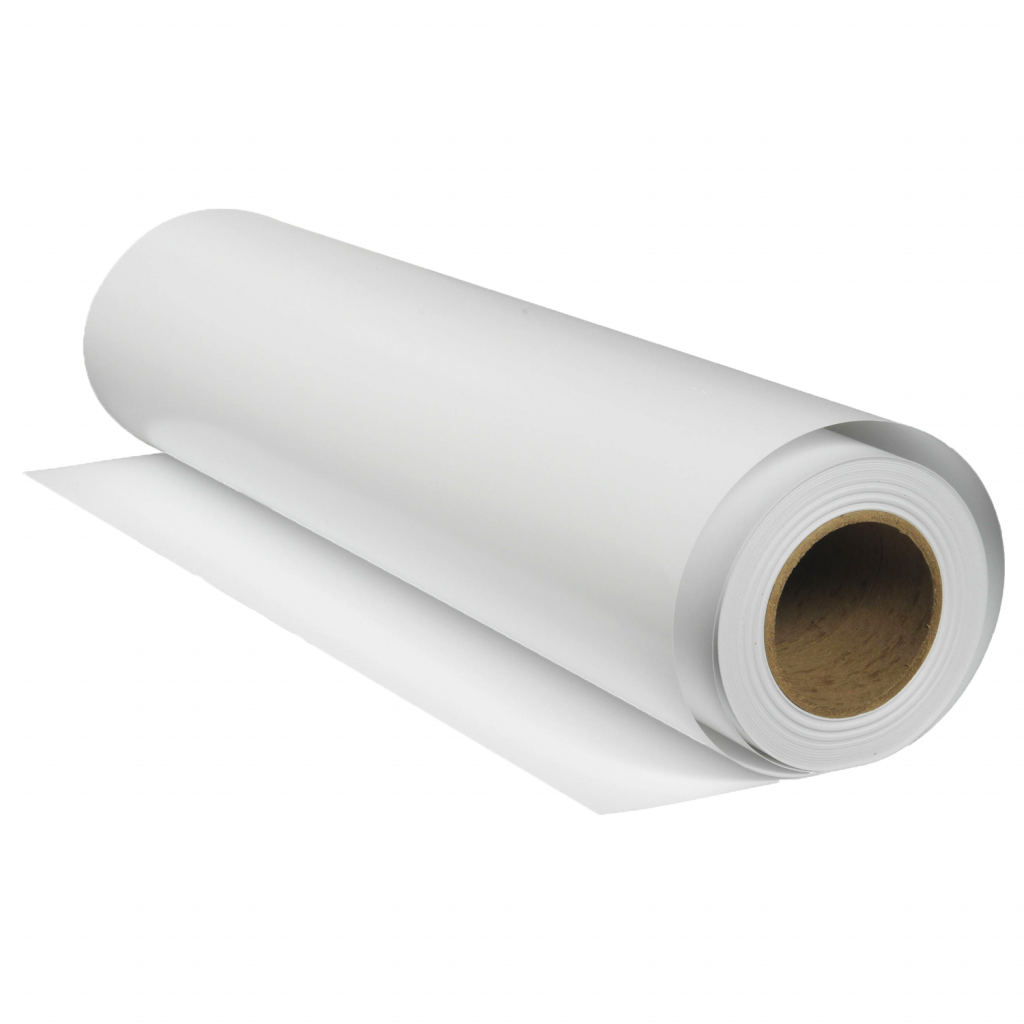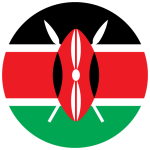Things to Consider When Selecting Printing Materials.

In today’s world, printing has become an essential part of both personal and business activities. Whether you are printing flyers for an upcoming event, business cards for networking, or banners to promote your company, selecting the right printing materials is crucial. The choice of printing materials can influence the final product’s quality, durability, and overall appearance. If you are in Kenya and looking to print high-quality materials, this guide will walk you through the key things to consider when selecting printing materials.
1. Understand Your Printing Purpose
Before you choose your printing materials, it’s important to understand the specific purpose of the print job. Different projects require different types of materials. Here are a few examples:
Business Cards – For business cards, you’ll want a durable, professional, and easy-to-carry material. Most people choose high-quality cardstock with a smooth or matte finish.
Flyers and Brochures – For flyers and brochures, you need materials that are lightweight but still capable of holding vibrant colors and crisp text. Glossy paper is commonly used for a shiny, attention-grabbing finish, but matte options also exist for a more subdued, sophisticated look.
Posters and Banners – For large-format prints such as posters and banners, you need a material that is durable enough to withstand outdoor conditions if needed, like vinyl or high-quality banner paper.
By understanding the end-use of the printed materials, you can make an informed decision on the best paper or material for your job.
2. Consider the Material Type
There are many types of printing materials available, and each one serves a different purpose. Below are some of the common materials used in printing:
Paper Stock – Paper is the most common printing material. The thickness and finish of the paper will depend on your project. Common types of paper include:
Coated Paper: This type has a smooth finish, which allows for sharp text and vibrant colors. It is ideal for high-quality prints like brochures and catalogs.
Uncoated Paper: This paper type has a more textured surface and is often used for letterheads, business cards, and some brochures. It gives a more natural look and feel.
Glossy Paper: Often used for flyers, magazines, and photo prints, glossy paper offers a shiny finish that makes images pop.
Matte Paper: Matte paper provides a non-reflective finish, which gives a more professional and understated appearance. It is perfect for business cards, invitations, and newsletters.
Vinyl: This material is most commonly used for banners, signs, and outdoor prints. Vinyl is durable, weather-resistant, and offers excellent color reproduction.
Cardstock: Cardstock is thicker than regular paper and is used for projects that require a heavier, more durable material, such as business cards, invitations, and postcards.
Fabric: Fabric printing is ideal for backdrop banners and flags such as teardrops and Telescopic that will be used in various outdoor events. Fabric materials are lightweight yet sturdy, and they allow for easy portability.
3. The Finish of the Material
The finish of your printing material significantly impacts the appearance and texture of the final product. Choosing the right finish is important for the overall look and feel of your print job.
Glossy Finish: Glossy materials are shiny and vibrant, making colors appear more vivid. This finish is often used for marketing materials like brochures, flyers, and magazines. However, glossy finishes may result in glare under certain lighting conditions.
Matte Finish: A matte finish provides a smooth, non-reflective surface that looks more professional and is easier to read. This finish is ideal for high-end business cards, invitations, and stationery.
Silk Finish: Silk finishes are a popular choice for premium business cards, brochures, and catalogues. This finish combines the best of matte and gloss, offering a smooth yet subtly shiny appearance.
Textured Finish: Textured finishes such as linen or felted finishes are often used for invitations, premium stationery, and high-quality brochures. These materials give an elegant and distinctive look, providing a unique tactile experience.
4. Consider the Weight of the Material
The weight of the printing material refers to its thickness and density. Heavier weight materials generally feel more premium and durable. For example, a Broadbase Rollup Banner made from thick, heavy aluminum base will feel more substantial and professional compared to one made from a thinner material.
Lightweight Paper (70-100 GSM) is typically used for general correspondence, newsletters, or flyer distribution.
Medium Weight Paper (120-170 GSM) is commonly used for standard brochures, letterheads, and invitations.
Heavyweight Paper (200-350 GSM) is used for premium materials like business cards, postcards, and high-quality brochures.
The weight of the material should be chosen according to the impression you want to make. A heavier material often signals quality and professionalism.
5. Durability and Longevity
In some cases, the durability of your printed materials is crucial. If your print materials are meant to be displayed outdoors, like banners, signs, or posters, they need to withstand the weather elements. Choosing durable materials will ensure your prints last longer and maintain their appearance over time.
UV Coating: If your print materials will be exposed to sunlight, consider UV coating or lamination. This treatment helps protect the print from fading due to UV rays.
Waterproof Paper or Vinyl: For materials that may get exposed to rain or high moisture environments, you may want to choose waterproof or water-resistant materials, such as vinyl or synthetic paper, for added durability.
Lamination: Lamination is a protective coating that adds a layer of durability to your printed materials. It’s ideal for items like menus, business cards, and brochures that will be handled frequently.
6. Printing Method
Your choice of printing materials may also depend on the printing method used by your printing provider. In Kenya, popular printing methods include:
Offset Printing: This method is great for high-volume projects like brochures and books. It produces sharp images and can be used on a variety of paper types, including glossy and matte finishes.
Digital Printing: Digital printing is ideal for shorter runs and faster turnaround times for items such as notebooks. It works well with a wide range of paper and other materials and is more cost-effective for small runs.
Screen Printing: This method is commonly used for printing on fabric or other non-paper surfaces. It’s ideal for printing custom T-shirts, bags, and other promotional items.
7. Cost-Effectiveness
While high-quality materials often result in a more professional and impressive final product, the cost of printing materials can add up, especially for large projects. Consider your budget when choosing materials, and always look for ways to balance quality and affordability.
Many printing companies in Kenya offer a variety of materials at different price points, so don’t hesitate to discuss your budget with your printer to find the best solution.
8. The Environmental Impact
As sustainability becomes an increasingly important issue worldwide, many Kenyan businesses and individuals are considering the environmental impact of their printing materials. Here are a few ways to make more eco-friendly printing choices:
Recycled Paper: Choose printing materials made from recycled paper to reduce waste and conserve resources.
Soy-Based Inks: Some printers offer soy-based inks that are more eco-friendly than traditional petroleum-based inks.
Sustainable Materials: Many companies in Kenya now offer sustainable printing materials, including biodegradable options or materials sourced from sustainable forestry practices.
9. Local Suppliers and Availability
When selecting printing materials in Kenya, it’s important to consider the availability and convenience of sourcing materials from local suppliers. PrintShopKE, for instance, offers a wide range of high-quality printing materials and services to cater to both individuals and businesses in Kenya. Working with local suppliers can also save you money on shipping costs and ensure faster turnaround times.
Conclusion
Selecting the right printing materials for your project is a crucial step in ensuring the final product meets your expectations. By considering factors like your printing purpose, material type, weight, finish, durability, printing method, cost, and environmental impact, you can make an informed decision that ensures high-quality results. Whether you are printing business cards, banners, or flyers, choosing the right material can make a significant difference in the overall impact of your print materials.
At PrintShopKE, we provide a wide range of printing services and materials to help bring your projects to life. Whether you need custom business cards, vibrant brochures, or durable outdoor banners, we are here to provide expert advice and the best materials to meet your needs.
For more information or to get started with your next print job, contact PrintShopKE today!

